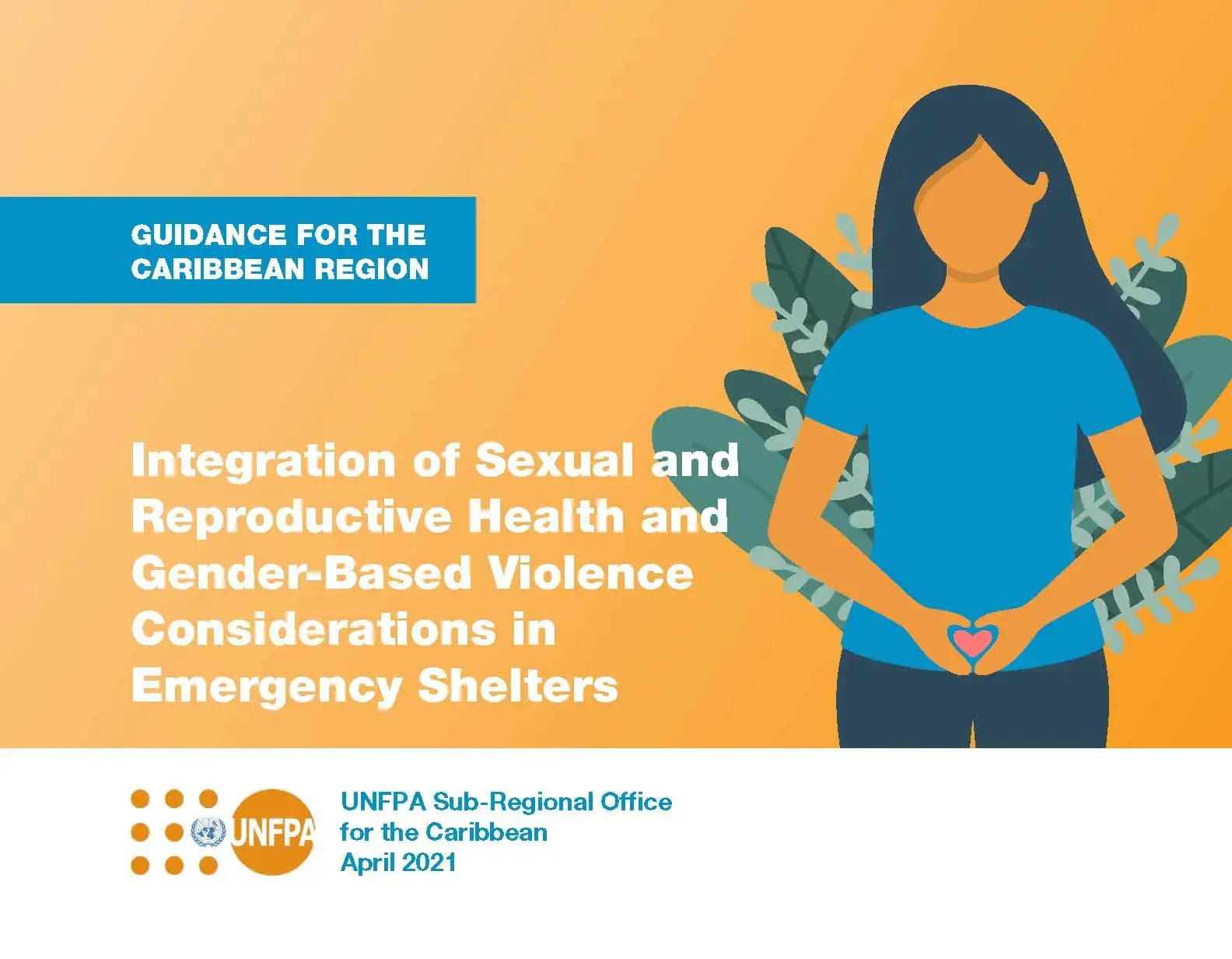The purpose of this guide is to support shelter managers and coordinators as well as Health Providers, National Ministries of Health (MoH), National Gender Machineries (NGM), National Bodies for Disaster Management and Humanitarian Coordination bodies to reduce the risks of Gender-Based Violence (GBV) and integrate essential actions for the provision of lifesaving Sexual and Reproductive Health (SRH) and GBV response services in emergency shelters through improved planning and response actions. This guidance should be used before the onset of an emergency for planning purposes, and also serves as a technical guidance that should be used when responding to an emergency. Each country is encouraged to adapt it based on the nature of the emergency and particular national policies and protocols around SRH and GBV.
This guidance is structured around the Minimum Initial Service Package (MISP) for the delivery of SRH services in humanitarian emergencies, as well as the Inter-Agency Standing Committee (IASC) Guidelines for Integrating Gender-Based Violence Interventions in Humanitarian Action, which is a priority set of lifesaving activities to be implemented at the onset of every humanitarian crisis to mitigate, prevent and safely respond to all types of GBV among a wide range of humanitarian sectors of work. Actions within the MISP are designed to prevent sexual violence and respond to the needs of survivors; prevent and reduce morbidity and mortality due to transmission of
human immunodeficiency virus (HIV) and other sexually transmitted infections (STIs); prevent excess maternal and new-born morbidity and mortality; prevent unintended pregnancies; and plan for the provision of lifesaving SRH and GBV response service provision, until a transition to a more stable and comprehensive solution is planned. This guidance is geared toward general emergency response; specific guidance around the COVID-19 pandemic is provided succinctly in Annex 8.
This guide will introduce key concepts and provide guidance and tools around actions shelter managers should take during emergency planning and response to mitigate GBV and poor SRH outcomes and integrate SRH and GBV response into shelter services.


